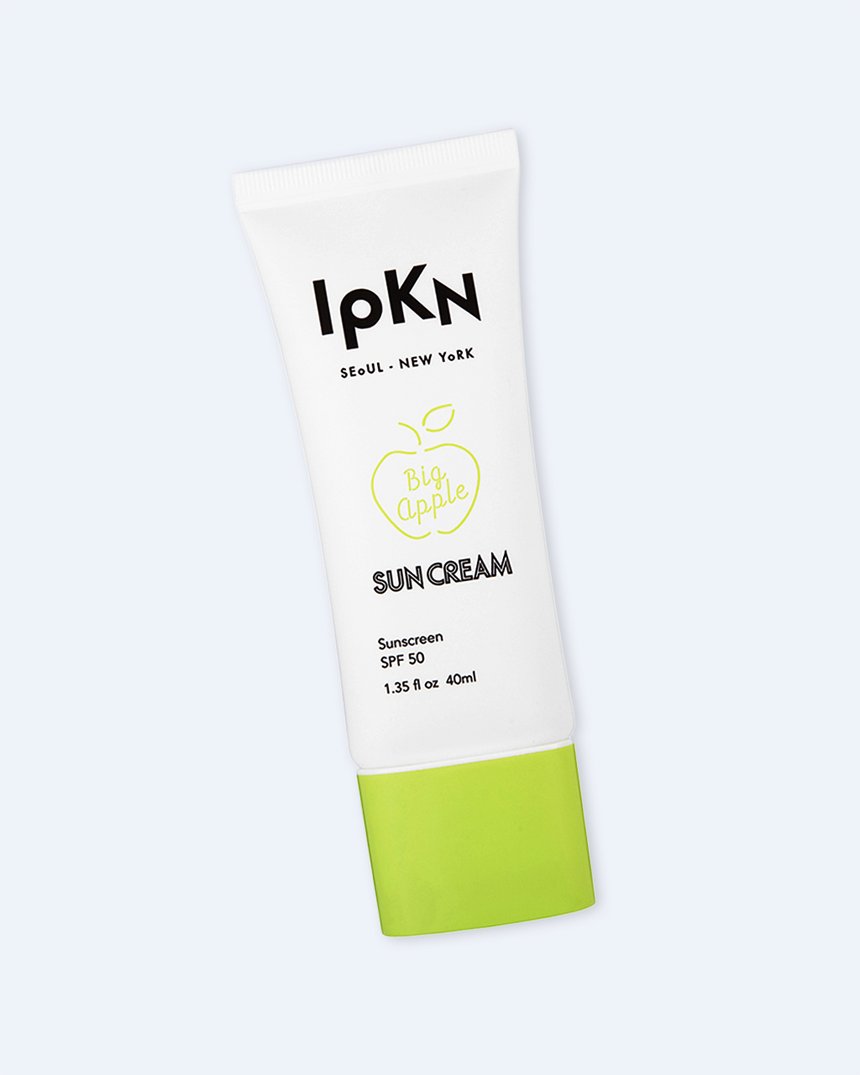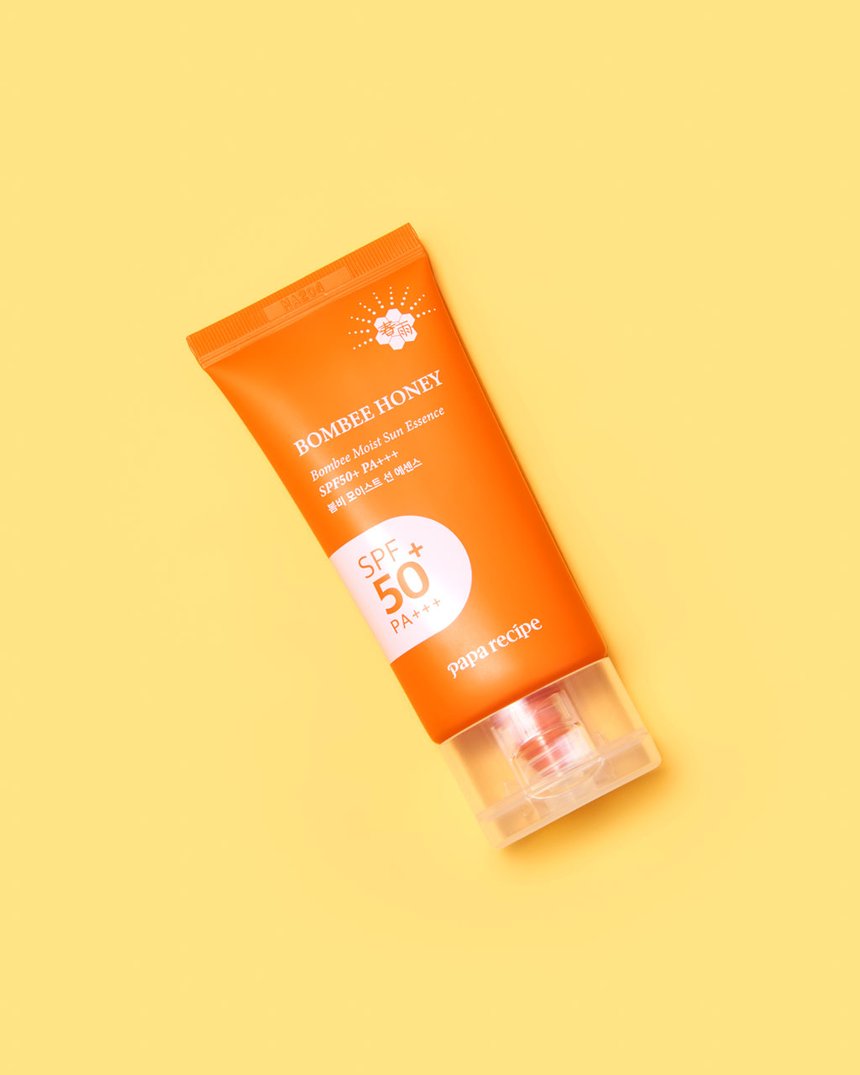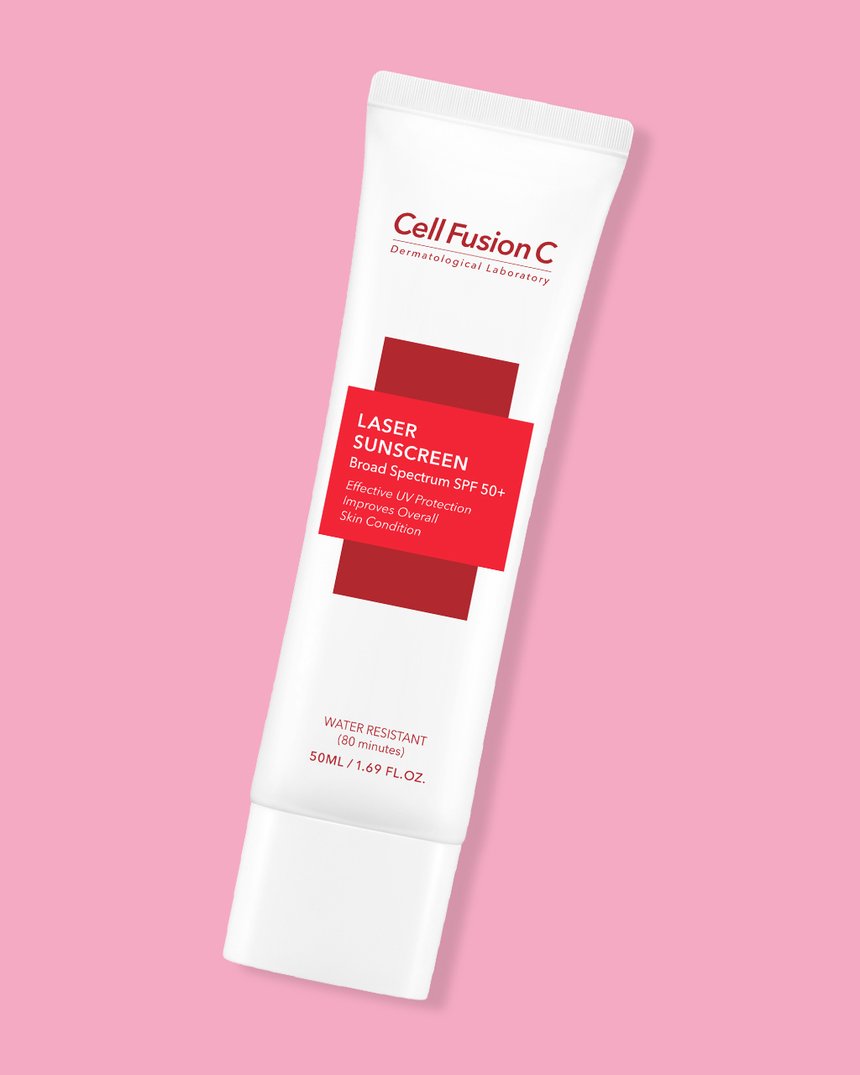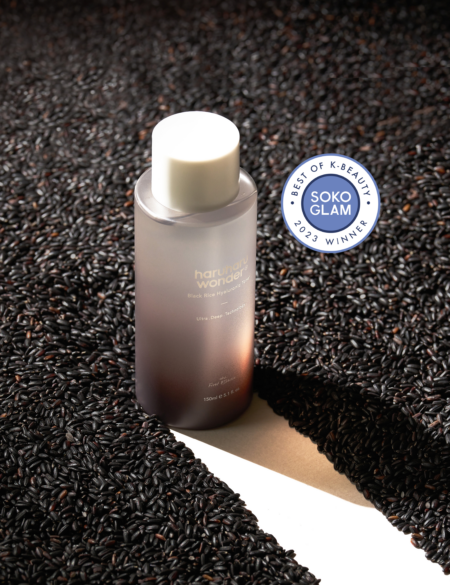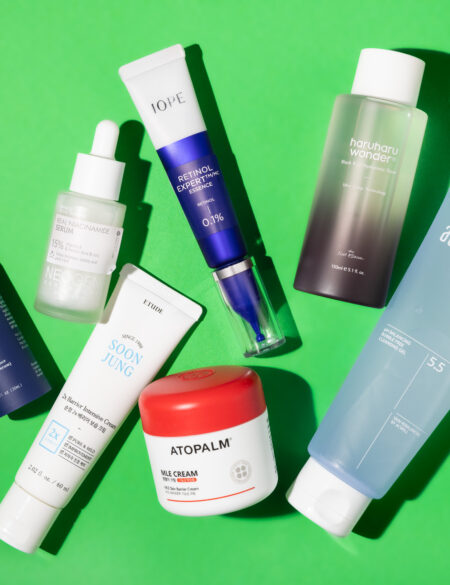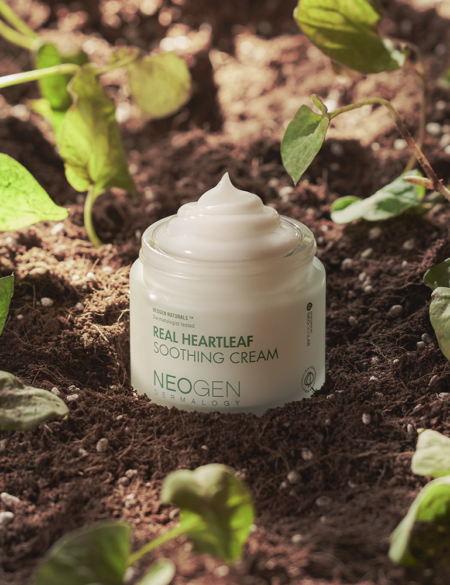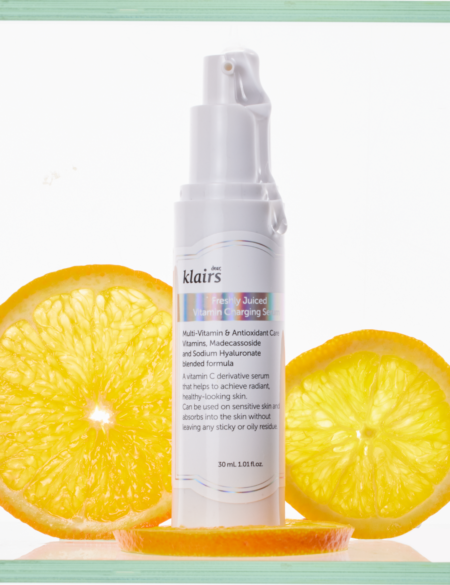We’re diving headfirst into exploring melasma, the discoloration and dark spots that pop up along pregnant women’s faces, and learning just how we can avoid them.
“Pregnancy mask.” It’s a term you’ve probably heard if you’re a) thinking about having a baby; b) currently pregnant; or c) know someone who is. But it’s not immediately obvious just what exactly it is (a sheet mask that works for nine months?). So here’s the straight talk on what “pregnancy mask” is, how it forms, and what you can do about it if you have it.
First, no—it’s not a sheet mask. “Pregnancy mask” refers to dark, splotchy areas that appear in patches or peppered around the face, usually arising during pregnancy. The scientific name is “melasma,” which is how doctors (and a lot of online articles) will refer to it. It’s a pretty common condition, but still a frustrating one.
What is Melasma?
“[Melasma] looks like dark brown discoloration that appears on the forehead, cheeks or upper lip. It can occur in up to fifty percent of pregnant women,” says Dr. Debra Jaliman, assistant professor of dermatology at Icahn School of Medicine at Mount Sinai. Discoloration occurs when patients experience a hormonal change (like pregnancy) that makes skin more sensitive to sunlight. Melanin production goes into overdrive, and dark spots move in.
But you don’t have to be pregnant to suffer from melasma. Some women develop the same grey-brown discoloration from a hormonal birth control method (aka the opposite of pregnancy) including The Pill and hormonal IUDs. You can also experience it from fertility treatments and hormone fluctuations that occur due to aging.
How to Prevent Melasma
The bad news is that there’s very little you can do to actually prevent melasma 100%. Your best bet, according to all the dermatologists we questioned, is to avoid sun exposure.
“First and foremost, you have to wear sunscreen,” says Dr. Tsippora Shainhouse, a board-certified dermatologist in Beverly Hills and a clinical instructor at UCLA. “Try to wear a hat and sunglasses to minimize extra UV exposure.” You can also skip out on prolonged outdoor sessions while pregnant and carry an umbrella when you’re out.
Is Melasma Permanent?
We hate to be the bearer of bad news, but pregnancy mask is difficult to treat, too. In fact, it’s often a permanent condition and can even get darker over time with increased sun exposure. However, if you use the right products and avoid time in the sun, your melasma may fade.
“Some women notice that melasma resolves, sometimes within a year, once they stop breastfeeding, and if they do not take hormonal birth control,” notes Dr. Shainhouse.
She notes that even if you didn’t experience melasma in your first pregnancy, it’s still possible to get it in subsequent ones. And if you did experience it in your first, you will likely experience it in your second. Sorry.
So What Products Work Best?
Sunscreen is your best friend. Wear broad spectrum SPF 30 or higher, and wear it every single day. You should be doing this anyway, but it’s especially important during pregnancy. “I prefer zinc oxide-based ones so there are no chemicals to cause irritation,” says Dr. Jaliman. “If you are pregnant, you can use niacinamide which is approved for pregnancy. It’s a safe and effective treatment that helps lighten the discoloration. Some sunscreens, like Elta MD, even have niacinamide in their formulation, and one I particularly like is the UV Clear Broad Spectrum 46. It is very light, contains 9% zinc oxide and niacinamide.”
Dr. Shainhouse adds that topical retinoid creams can gently exfoliate dark patches and encourage cell turnover, which reduces the appearance of melasma. She also recommends topical bleaching agents like kojic acid to help lighten the appearance of the hyper-pigmented patches. It’s a slow process—it could be months before you see results.
More intensive dermatological treatments can be a double-edged sword in the fight against discoloration. “Certain lasers might help superficial pigment in the skin, while others can reach some of the deeper pigment” says Dr. Shainhouse. “But you must proceed with caution, because they can also end up darkening the patches.” Because it’s difficult to predict whose skin will darken with lasers, lasers are not, generally, the first line of treatment.
What About Temporary Cover-Up?
In terms of daily, temporary cover-up, treat melasma like you would sun spots, blemishes, and scars. Start by color-correcting. For lighter skin tones, pink tones help counteract melasma, and for darker skin, use a color that leans more towards orange. From there, use a heavier concealer that matches your skin tone, followed by your foundation or BB cream. Then tap on a setting powder to keep everything in place.



